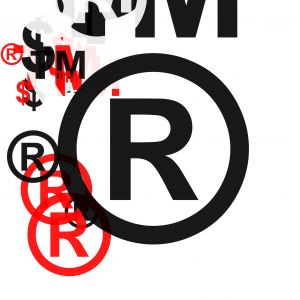 Patent law in the United States is designed to encourage innovation, yet at the same time it inhibits the dissemination of ideas by giving the inventor a period of exclusivity. A patent is limited to 17 or 20 years. After expiration of the patent anyone may use the ideas for profit without any obligation to pay royalties to the inventor.
Patent law in the United States is designed to encourage innovation, yet at the same time it inhibits the dissemination of ideas by giving the inventor a period of exclusivity. A patent is limited to 17 or 20 years. After expiration of the patent anyone may use the ideas for profit without any obligation to pay royalties to the inventor.
Upon expiration, a patent holder is required to remove the label indicating the patent number from products manufactured or sold after expiration. If the patent holder fails to remove the expired patent label, U.S. Patent law provides a cause of action against the patent holder for false marking.
Two recent opinions by the Federal Circuit Court of Appeals have potentially expanded the scope and extent of liability for patent holders that fail to remove expired patent labels and markings from their products.
The first case, Stauffer v. Brooks Brothers Inc., involves a patent lawyer, Raymond Stauffer who was shopping at a Brooks Brothers store when he noticed that some of the bow ties were labeled with expired patent numbers. He thought it was peculiar and after some investigation he brought suit against Brooks Brothers for a false advertising claim through what is known as a qui tam action. This type of action is where an individual brings a suit on behalf of the federal government (essentially, acting as a private attorney general). Initially Stauffer’s suit was dismissed due to a lack of standing, but the Federal Circuit Court overruled that decision and held that Stauffer had standing to sue in his qui tam action.
In, the other case, The Forest Group Inc. v. Bon Tool Company, the Federal Circuit Court held that false marketing penalties under 35 USC § 292 are $500 per article, as opposed to what was previously a single $500 penalty for a continuing violation. As a result of this ruling, combined with the Stauffer ruling, companies face potentially vast penalties for any violations of 35 USC § 292. Many companies have already spent significant funds by rushing to update product molds and removing expired patent numbers.
It would be wise for patent holders to ensure that the markings on their products are accurate. They must not identify a product as patented if it is not patented, or if the patent has expired.
This article was written by Matthew Ehrlich, Legal Clerk at Demorest Law Firm.



